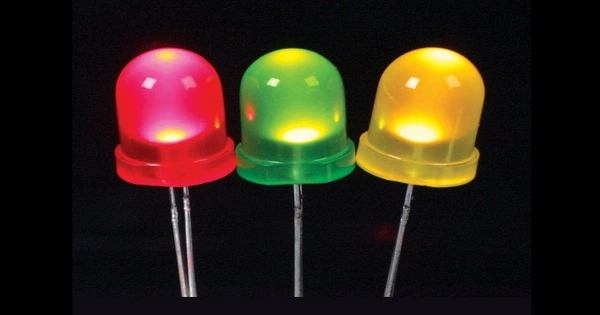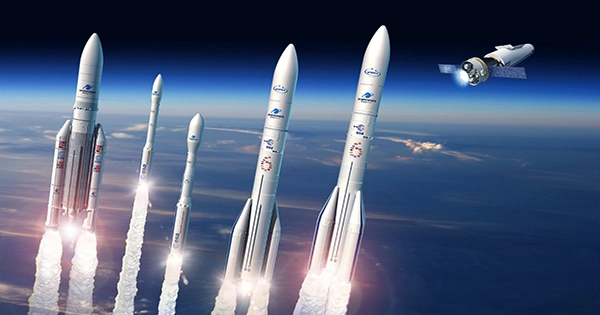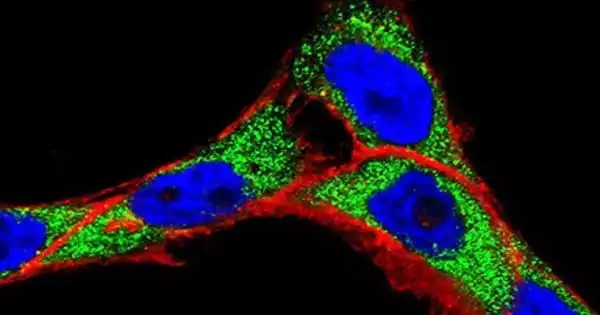A light-emitting diode (LED) is a semiconductor device that emits light when current flows through it. Electrons in the semiconductor recombine with electron holes, producing energy in the form of photons. The energy required for electrons to pass the band gap of the semiconductor determines the hue of the light (equivalent to the energy of photons). Multiple semiconductors or a coating of light-emitting phosphor on the semiconductor device are used to produce white light.
The first LEDs, which appeared as functional electrical components in 1962, emitted low-intensity infrared (IR) light. Infrared LEDs are utilized in remote-control circuits, such as those found in a wide range of consumer gadgets. The original visible-light LEDs were low-intensity and confined to red.
A Light-Emitting Diode (LED) is a semiconductor device that emits light when an electric current flows through it. Because of their energy economy, lifespan, and tiny size, LEDs are widely utilized in a variety of applications such as displays, indications, lighting, and more.
Here are some key features and information about LEDs:
- Semiconductor Material: LEDs are commonly constructed of semiconductor materials such as gallium arsenide (GaAs), gallium phosphide (GaP), and indium gallium nitride (InGaN). The hue of the emitted light is determined by the substance utilized.
- Operation: When a forward voltage is provided to an LED (anode to cathode), electrons and holes recombine in the semiconductor material. Photons (light) are released as a result of this recombination process. The color of the light is determined by the semiconductor material’s energy band gap.
- Energy Efficiency: LEDs are particularly energy-efficient because, as compared to standard incandescent bulbs, they convert a considerable portion of the electrical energy into light, limiting heat generation.
- Longevity: LEDs have a longer operational life compared to traditional bulbs. They can last tens of thousands of hours, reducing the need for frequent replacements.
- Instantaneous Illumination: LEDs light up instantly when power is applied, unlike some other lighting technologies that require warm-up time.
Applications
LEDs are used in a variety of applications, including displays (e.g., LED TVs, computer monitors), electronic device indications, automobile illumination, traffic signals, streetlights, flashlights, and general-purpose lighting in homes and commercial buildings.
Many LED lights are dimmable, allowing users to adjust the brightness to their liking and therefore increasing energy savings. LEDs are regarded as environmentally beneficial since they require less energy, contain no toxic elements such as mercury (present in fluorescent bulbs), and generate less heat, hence lowering the overall carbon footprint.
Advancements
LED technology advances, resulting in increased efficiency, color quality, and cost-effectiveness. This has aided their widespread adoption in a variety of industries.
LEDs have transformed the lighting business by delivering energy-efficient and adaptable lighting solutions. Because of their endurance, low power consumption, and ability to create many hues of light, they have become the favored choice for many applications.
















